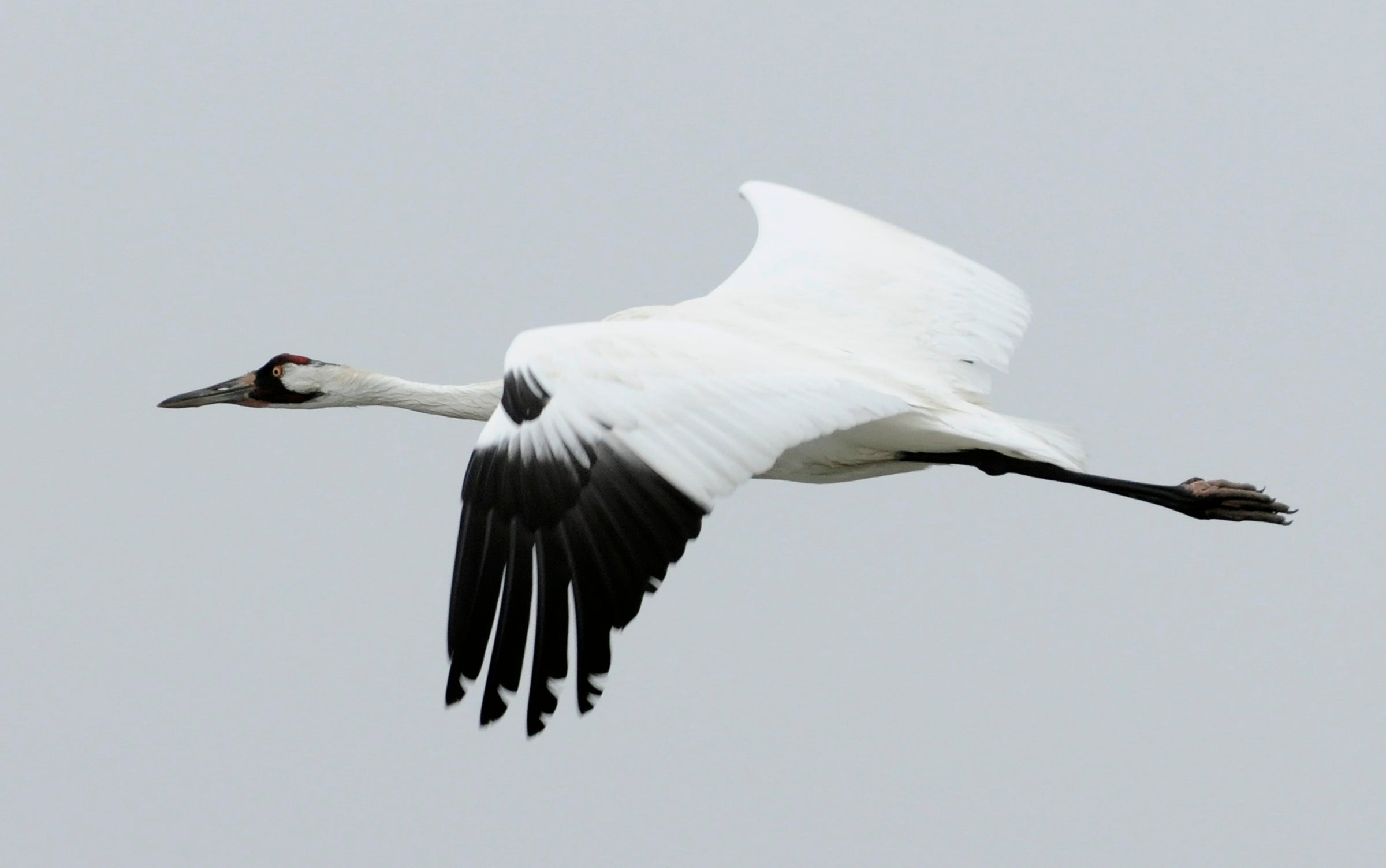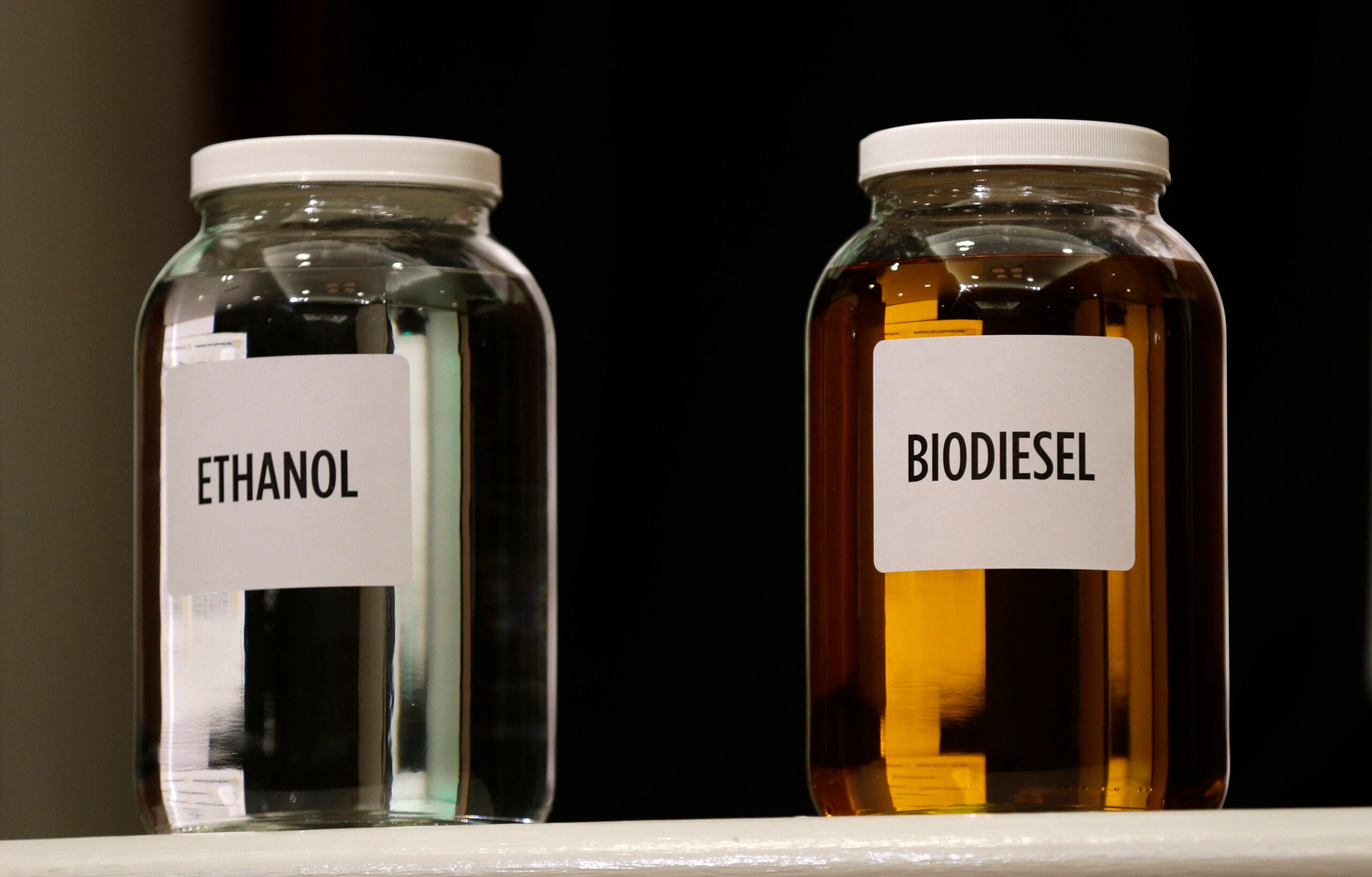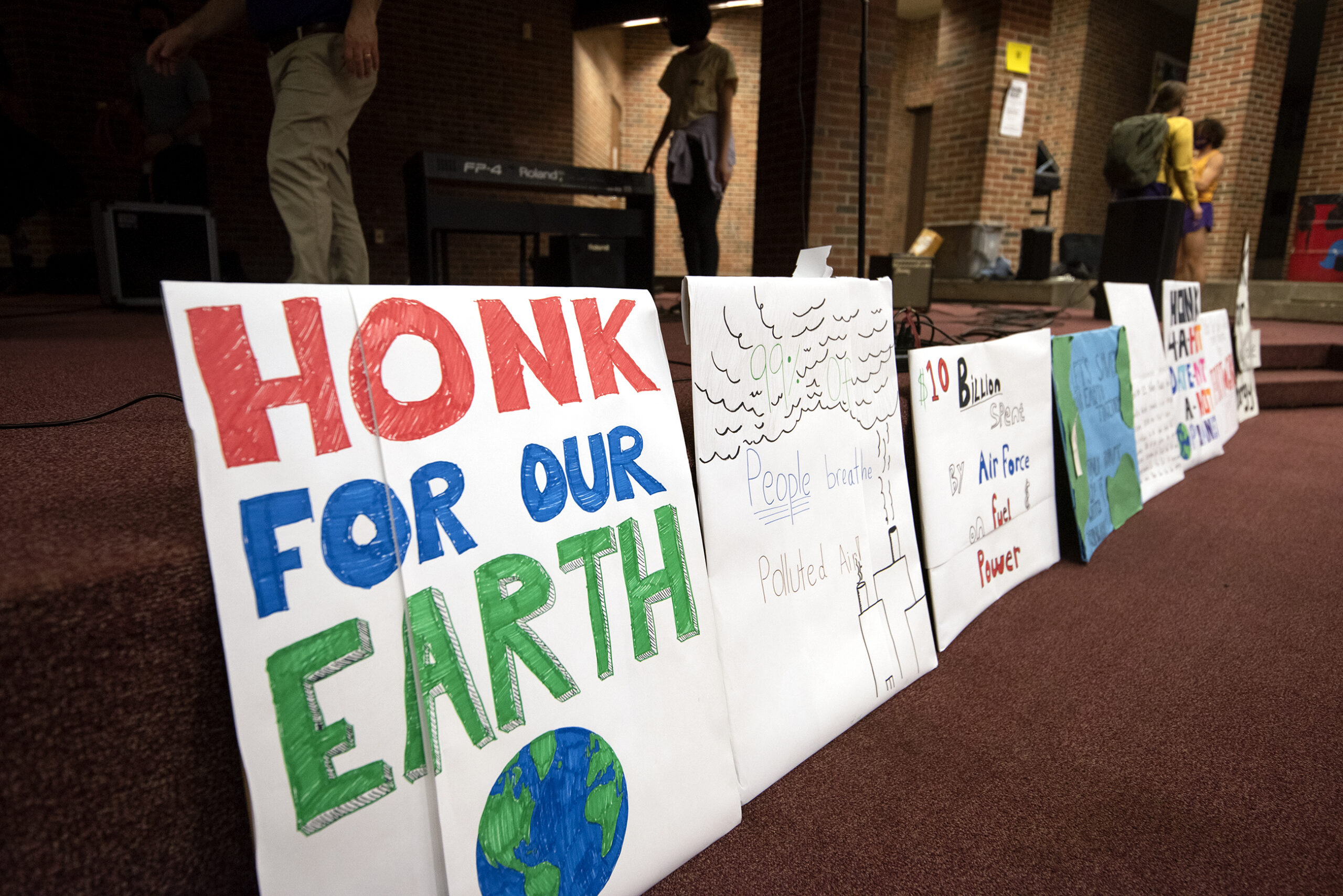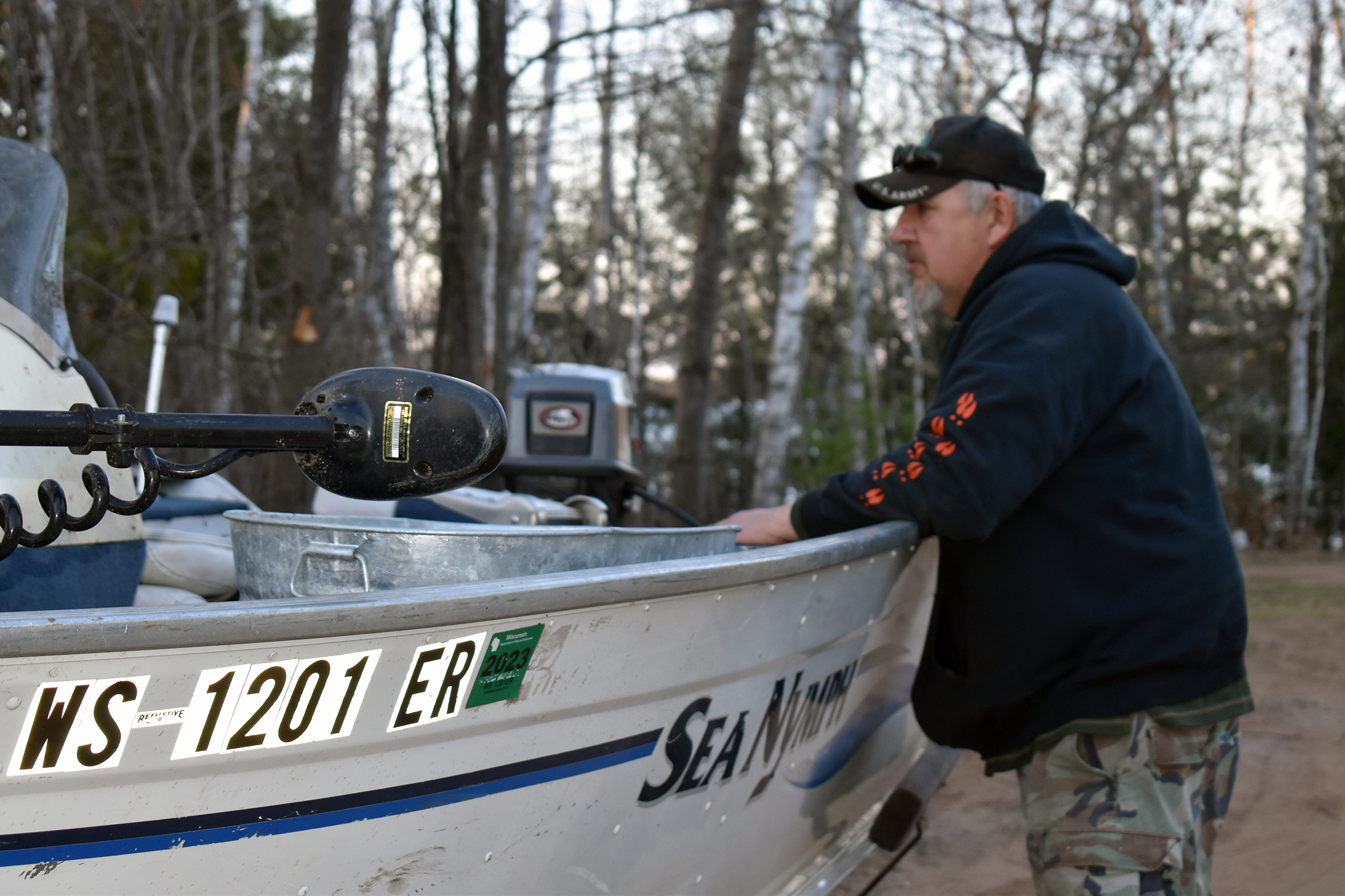While renewable fuel standards at American gas stations aim to reduce the nation’s reliance on imported and polluting fossil fuels, conservationists worry the standards are also amplifying pressure on vulnerable animals.
One Wisconsin scientist hoping to draw more attention to that is Tyler Lark, who works at the Center for Sustainability and the Global Environment at the University of Wisconsin-Madison.
Lark said renewable fuel standards, enacted in 2007, spurred millions of acres to be converted into cropland for the cultivation of corn and ethanol production. And that new farmland replaced wooded areas, prairies and wetlands relied upon by many endangered species, such as whooping cranes, black-footed ferrets and some pollinators like butterflies.
News with a little more humanity
WPR’s “Wisconsin Today” newsletter keeps you connected to the state you love without feeling overwhelmed. No paywall. No agenda. No corporate filter.
“Something like the rusty patched bumblebee, found right here in Wisconsin, needs floral resources, the nectar and pollen, to survive,” Lark said during a recent appearance on Wisconsin Public Radio’s “The Morning Show.”
Lark estimates the adoption of renewable fuel standards resulted in the expansion of cropland by as much as 7 million acres since 2008. Currently, more than 80 million acres of American land is dedicated to growing corn. Between 25 and 40 percent of that crop is made into ethanol every year, he said.
On “The Morning Show,” Lark discussed how scientists with the U.S. Fish and Wildlife Service and Environmental Protection Agency should collaborate more, agricultural practices that would help conserve sensitive habitat, and possible production of biofuels less intensive than ethanol.
The following was lightly edited for brevity and clarity.
Kate Archer Kent: How is the mass production of ethanol affecting sensitive habitats?
Tyler Lark: When we increase demand for ethanol — a product that uses a lot of corn — our farmers respond to meet that need and plant more corn. But often that comes at the cost of habitat. What we want to do is be cognizant of that and see if there are ways we can mitigate that potential harm.
KAK: Which endangered species are particularly vulnerable to ethanol production?
TL: It really runs the gamut, from small insects and pollinators up to larger birds and mammals. … There are aquatic species that rely on clean and clear water that might be impacted by nutrient pollution. … The fertilizer that we apply to our farmland, we lose a lot of it to the environment. It runs downstream. Corn is a really intensive crop that requires a lot of fertilizer. And the production and application of that fertilizer results in a lot of greenhouse gas or carbon pollution.
KAK: The Environmental Protection Agency implements the Renewable Fuel Standard. The U.S. Fish and Wildlife Service is entrusted to protect animals listed as endangered. Do these agencies collaborate on regulating biofuel production?
TL: Not to the extent that they could. There’s a lot of potential for interaction and opportunity here. The experts from the U.S. Fish and Wildlife Service who study and understand imperiled wildlife could modify the policy implemented by the EPA in a way that we can meet our energy production goals without jeopardizing or compromising the environment.
KAK: There is a bipartisan group of Midwest governors and fuel industry leaders who are pushing the government to approve higher ethanol sales this summer. What do you make of that idea and what would the impact of that be on the environment?
TL: The research suggests that any policy that increases demand, specifically for corn ethanol, (will) bring additional land into corn production. And we know that will come with additional carbon emissions and conversion of wildlife habitat.
KAK: What practices would help reduce harm to nearby wildlife?
TL: The great thing is we have a whole set of tools available right now that can help address this: Practices like putting cover crops on our fields or using conservation tillage, things that will reduce the amount of runoff and erosion, things that a lot of farmers are already familiar with and know how to do.
KAK: What about timing the harvest so it might occur outside a sensitive wildlife nesting season?
TL: Yes, that could be another one, especially as we look towards (producing) more advanced biofuels. We could create a fuel from a native, perennial grassland and harvest that grass rather than having to plant tens of rows of corn and fertilize it really intensively. You could also manage it in a way that provided great nesting and breeding habitat for these threatened endangered species while also providing a really productive product for society and for farmers as well.
We have alternative and renewable energy sources like solar photovoltaic systems that we want to get up. There are emerging concepts like agrivoltaics. … We can envision maybe grazing sheep underneath solar panels or intermixing them with crops in a way that was co-beneficial for temperature regulation or water conservation. The expansion of solar production is a huge opportunity. But just like with renewable fuels, we want to do it thoughtfully and in a way that can support farmers and our agricultural industry rather than squeeze them out.
It’s definitely not the consumers at the pump who are choosing one blend of fuel over the others. And it’s definitely not our farmers who are managing and stewarding their lands. It’s the federal policy (mandating) this renewable fuel that is driving these decisions.
Wisconsin Public Radio, © Copyright 2025, Board of Regents of the University of Wisconsin System and Wisconsin Educational Communications Board.





